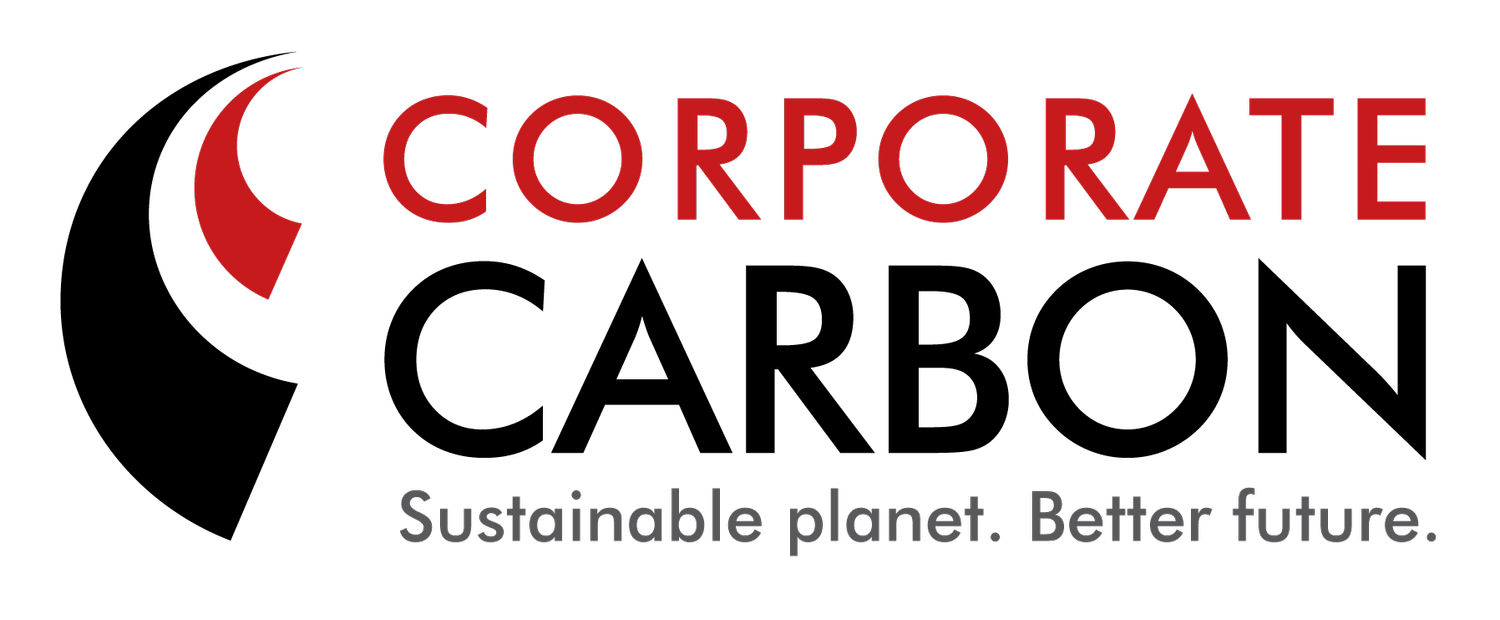
Sustainable planet. Better future.
Carbon project participation
Become involved in a project
Organisations across the country are aiming to reduce emissions to meet climate goals.
An opportunity is available for carbon abatement and sequestration projects to generate ACCUs as part of this operational/ business change.
Due to the technical nature of the process we recommend contacting our team to learn how we can unlock the benefits of ACCUs for you.
This process creates a verified carbon unit, can assist in reaching climate goals and provide a monetary return that can be fed back into the business in various ways.
Unlocking a broad range of benefits
We have often found that individuals/organisations aiming to run a carbon project are unsure about how to approach the process.
Additionally, many projects miss opportunities relating to ‘stacking’ projects, where multiple types of activities are undertaken at one location.
Our ACCU Lab workshop is another way that we can assist your carbon project questions and needs.
Stacking projects
Within the carbon sector project participants are pioneering a new approach to carbon projects namely, ‘stacked’ approaches.
Stacked projects involve multiple Climate Solutions Fund (CSF) methods being undertaken at one project location.
Such as:
an agricultural property that undertakes the following methods for a stacked approach:
a waste facility that undertakes the following methods for a stacked approach
a bus operator that undertakes the following methods for a stacked approach:
How does the Climate Solutions Fund work for stacked projects?
Presently, all CSF projects are required to be audited, as per project guidelines, individually. However, there is a common consensus from those in the industry that project participants would benefit from an adjustment in this area.
The team at Corporate Carbon Advisory have submitted a list of recommendations for ‘proposed changes to the audit framework’ to the Clean Energy Regulator. Specific suggestions to streamline the audit framework, which relate to stacking methods, were expressed as:
allow bundling of stand-alone projects with a common project proponent under a common method (in other words, multiple projects treated as a single project for the purposes of audit)
allow bundling of different method projects with a common landholder in order to facilitate method stacking (for example, a soil carbon project, an environmental plantings project, a beef cattle herd management project and an energy efficiency project).
The aim of such recommendations is to enable greater levels of project participation.



